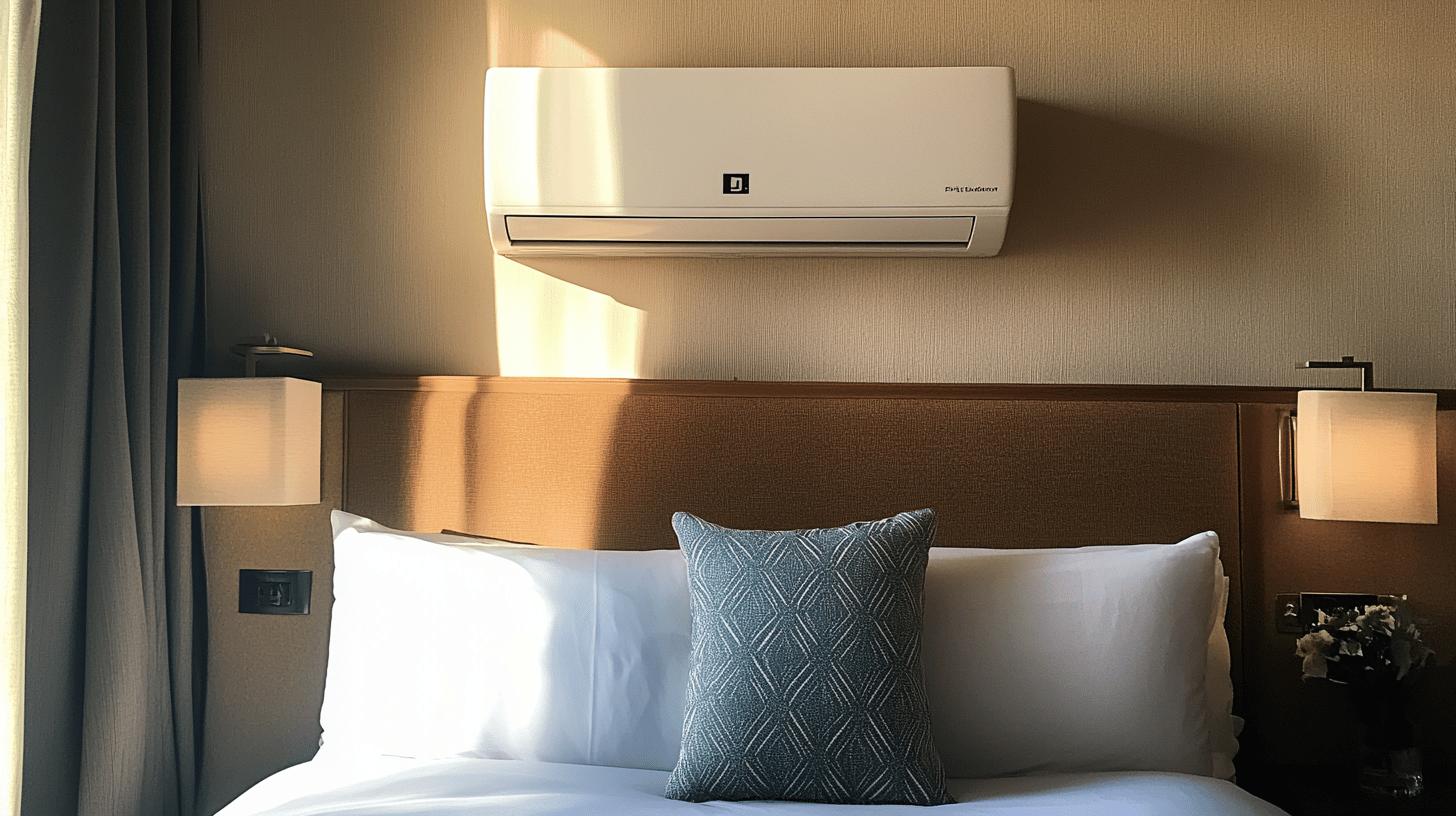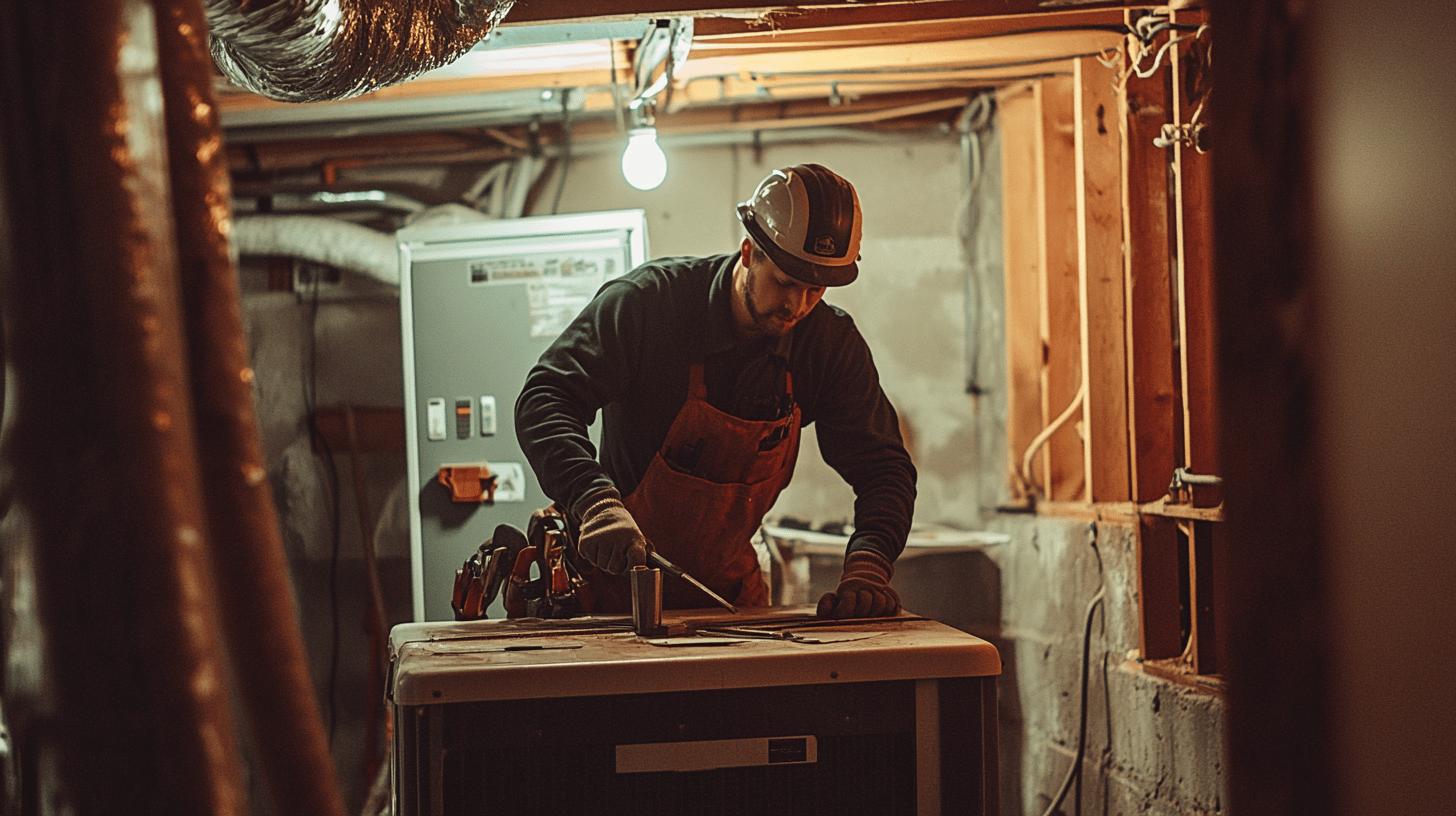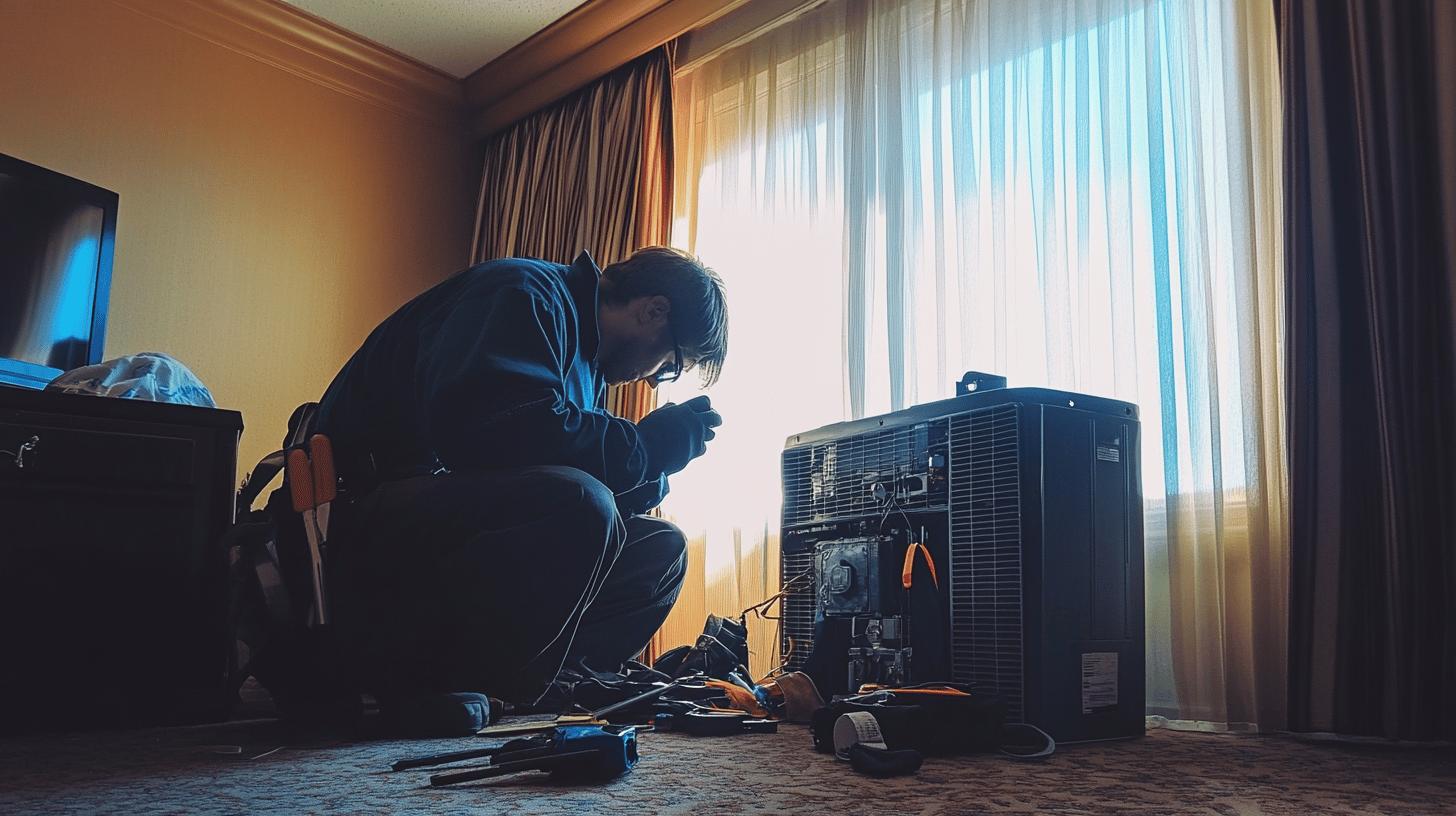Have you ever wondered why a hotel room’s air conditioning feels so different from your home’s centralized system? The answer lies in the distinct differences between HVAC and PTAC systems. Understanding these differences can be crucial when deciding how to maintain climate control in your space. Whether you’re comparing energy efficiency, noise levels, installation complexity, or versatility, knowing when to choose an HVAC system over a PTAC unit—or vice versa—can significantly impact your comfort and costs.
Difference Between HVAC and PTAC: Key Insights
HVAC systems and PTAC units each have unique roles and ideal environments. This distinction is crucial when choosing between them. HVAC systems provide comprehensive climate control, suitable for large spaces needing consistent heating, cooling, and ventilation. These integrated systems are often used in homes and commercial buildings, offering centralized control over multiple rooms. They require professional installation, involving ductwork and electrical connections, due to their complexity.
Comparatively, PTAC units are simpler and serve single-room environments effectively. While also energy-efficient, they may lack the advanced energy management capabilities of HVAC systems. Typically, HVAC systems excel in energy efficiency due to features like programmable thermostats. These allow users to schedule temperature changes, optimizing energy use and resulting in significant long-term savings.
In terms of noise, PTAC units can be louder since they are usually closer to living spaces. HVAC systems, with centralized setups, often operate more quietly as major components are located away from occupied areas. This makes HVAC preferable in noise-sensitive environments, enhancing comfort.
When it comes to cost, HVAC systems require a larger initial investment due to their complexity and necessity for professional installation. However, they offer better energy savings over time. PTAC units, although more affordable upfront, can be installed with less disruption. They appeal to those with budget constraints or smaller spaces.
Exploring PTAC Units

PTAC units, or Packaged Terminal Air Conditioners, are practical for heating and cooling single rooms without the need for ductwork. Common in hotels and apartments, these self-contained HVAC units are installed directly through exterior walls. This simplifies installation and reduces costs. PTAC units excel in spaces needing individual temperature control, allowing personalized comfort settings.
Their easy installation and self-contained design minimize maintenance and operation costs. However, PTAC units can be noisier compared to centralized HVAC systems, due to proximity to living areas. Despite this, they are an excellent choice for energy efficiency and simplicity in single-room settings.
| Feature | Advantage |
|---|---|
| Wall Installation | Simplifies setup, eliminating ductwork |
| Individual Room Control | Tailor’s climate to specific preferences |
| Self-contained Design | Reduces maintenance and operational costs |
Comparing HVAC and PTAC: Key Differences
HVAC systems are ideal for environments needing unified heating, cooling, and ventilation across multiple rooms, making them perfect for large spaces. In contrast, PTAC units fit smaller spaces requiring specific room controls. HVAC systems integrate with building infrastructure, needing complex installations with ductwork and electrical systems. PTAC units mount through walls, providing direct heating and cooling to single rooms, highlighting distinct suitability based on space needs.
HVAC systems generally outperform PTAC in energy efficiency with features like programmable thermostats for optimized temperature control. This results in notable long-term savings despite higher initial costs. PTAC units, while efficient in individual rooms, lack overall energy management.
Regarding noise, PTAC units tend to be noisier because of their location and function. HVAC systems, having central components away from living areas, operate quietly, making them preferable where noise reduction matters.
When considering costs, HVAC systems demand higher initial investment but reduce energy bills over time. PTAC units are more budget-friendly upfront with simple installation, suiting those with cost constraints or smaller spaces.
Installation and Maintenance Considerations

HVAC systems need professional installation due to their complexity, involving ductwork and electrical connections. This requires skilled professionals for efficient and safe operation. PTAC units offer simpler, standalone installation through exterior walls, often suitable for DIY projects, making them a cost-effective choice for the handy.
Common maintenance tasks for both include:
- Regularly changing air filters for air quality
- Cleaning coils to prevent dirt buildup
- Checking electrical connections for safety
- Conducting seasonal checks for weather readiness
While PTAC maintenance can be DIY, major issues should involve professionals. HVAC systems require regular professional attention for tasks like duct cleaning and system optimization to maintain efficiency.
Choosing Between HVAC and PTAC for Your Space
For large buildings needing unified climate control, HVAC systems are the best choice, seamlessly integrating into the structure. PTAC units are ideal for smaller spaces or when individual room control is desired, making them perfect for hotel rooms or small apartments.
HVAC systems offer extensive climate management, suitable for environments that require precise temperature and air quality control. PTAC units focus on serving specific rooms, allowing personal climate adjustments.
Budget is a significant consideration. HVAC systems have a higher upfront cost but offer long-term savings. PTAC units are cheaper initially and easier to install but may not match HVAC efficiency over time.
Comfort also matters. HVAC systems tend to be quieter and provide stable climate control, enhancing comfort in residential or office settings. PTAC units, while effective, can be noisier and offer less consistent air distribution.
Consulting a professional plumber is advised for tailored advice on system choice, ensuring alignment with needs and space characteristics while considering efficiency and comfort.
Final Words
Choosing between HVAC and PTAC systems requires understanding their unique features and advantages. HVAC systems provide comprehensive climate control for large buildings, ensuring unified heating, cooling, and ventilation. PTAC units, however, offer a cost-effective solution for single-room applications, allowing for individual temperature management.
When deciding on the best fit, consider the difference between HVAC and PTAC, including factors like initial costs, installation complexity, and noise levels.
Evaluate your space needs and consult a professional plumber for expert guidance to ensure an informed decision that meets your specific requirements.
FAQ
What is the difference between HVAC and PTAC units?
HVAC systems provide comprehensive climate control in multiple rooms with centralized operation, ideal for larger buildings. PTAC units are standalone systems for single-room heating and cooling, often used in hotels and apartments.
Why do hotels use PTAC units?
Hotels use PTAC units because they allow guests to individually control room temperature, are easy to install without ductwork, and offer efficient single-room climate management for diverse guest preferences.
What does PTAC stand for?
PTAC stands for Packaged Terminal Air Conditioner, a type of self-contained heating and cooling unit designed for single-room applications with installation through exterior walls.
What are the advantages of PTAC units?
PTAC units are easy to install, offer individual room temperature control, and are energy-efficient for single-room applications. However, they can be noisier than centralized systems.

